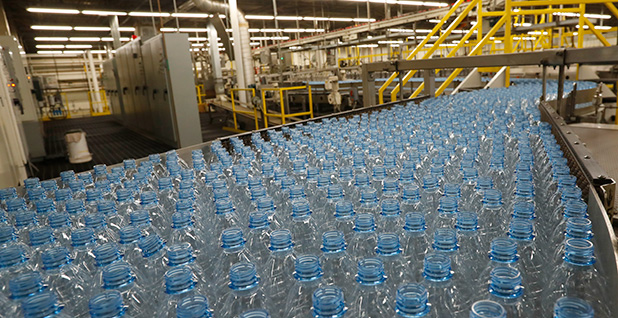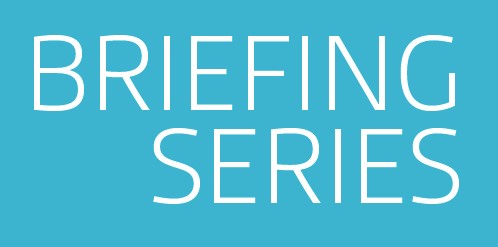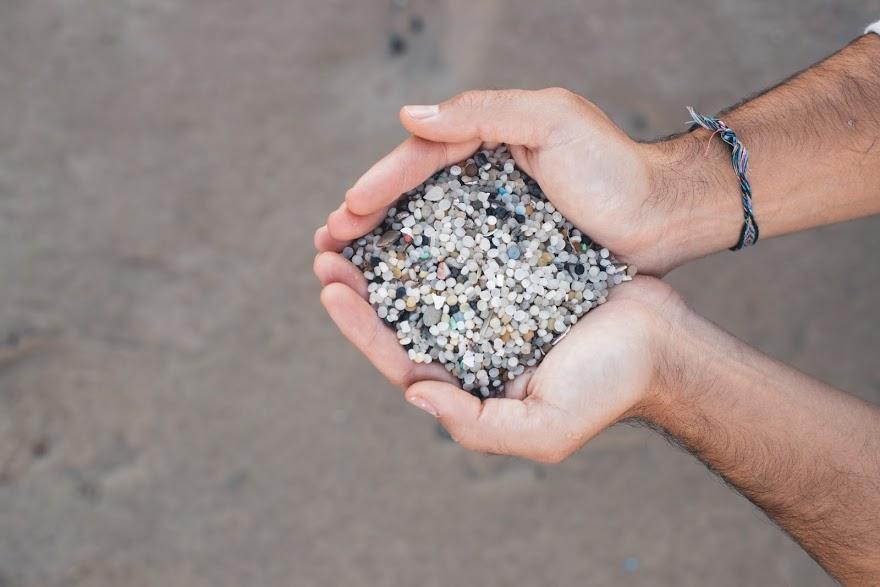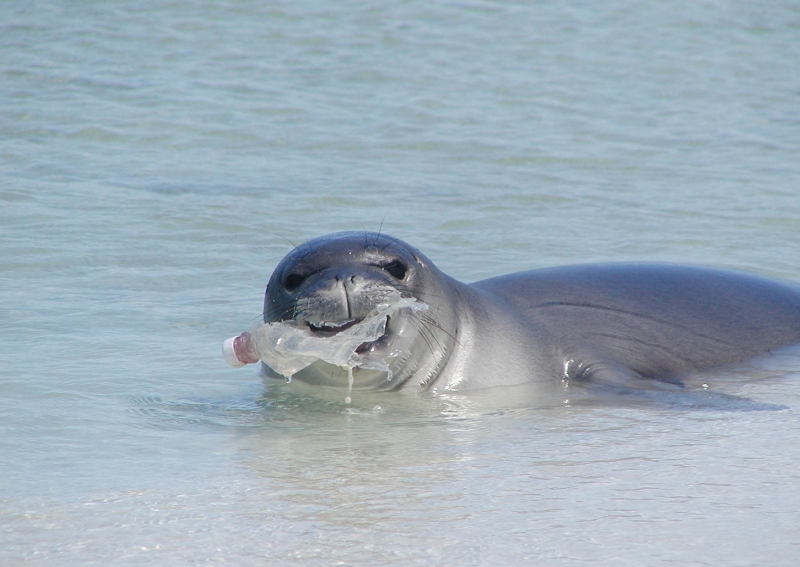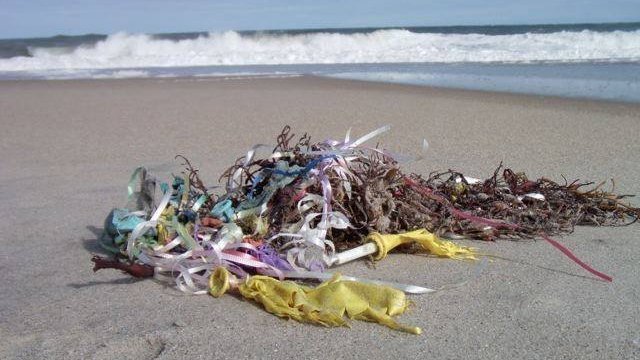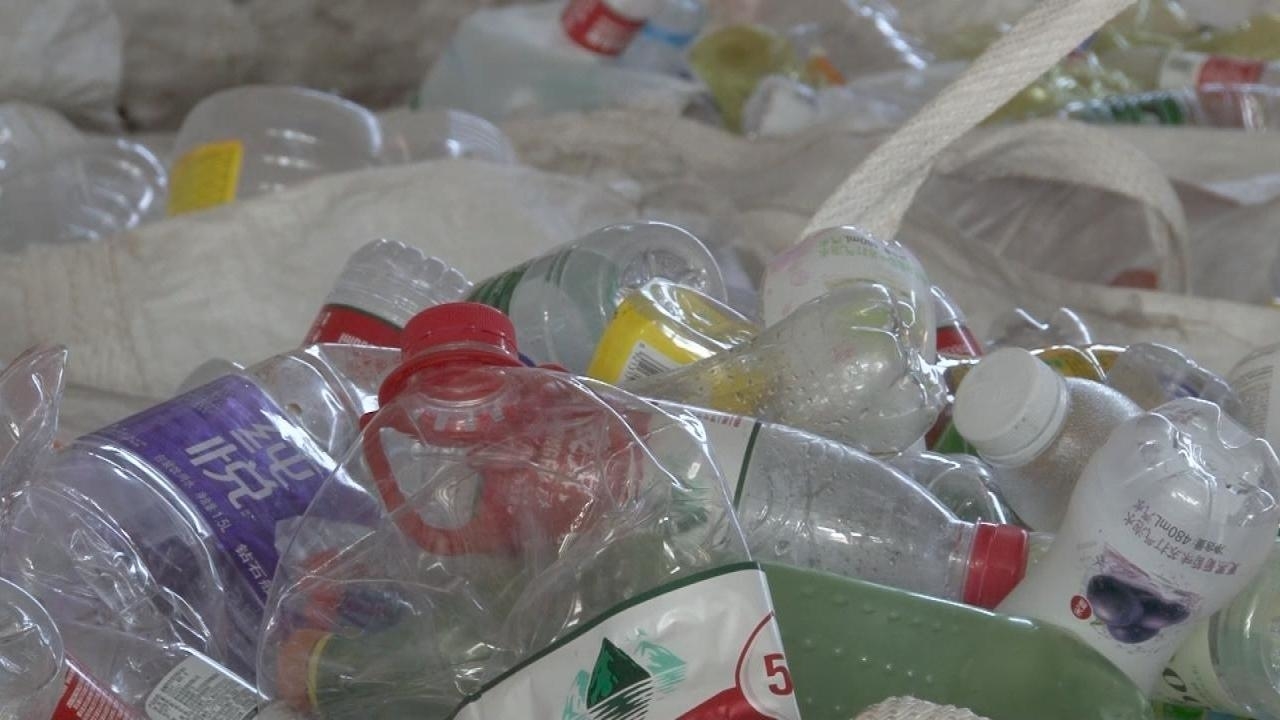Sharon Lavigne never imagined herself an environmental activist. The retired teacher had spent much of her life working with special education students in the St. James Parish public school system.But the idea of another chemical plant being built in her parish, after she had lost acquaintances to cancer that she blames on industrial pollution, spurred her into action in 2018. She began organizing and educating neighbors on the risks, an effort that gained global recognition Tuesday when she was named the North American recipient of the 2021 Goldman Environmental Prize.
Sharon Lavigne, a retired teacher turned community organizer, leads a song with St. John the Baptist Parish residents protesting a proposed grain terminal on May 15, 2021. Lavigne was just named the North American recipient of the 2021 Goldman Environmental Prize. (Photo by Halle Parker, Times-Picayune | New Orleans Advocate)
Lavigne, 68, had never heard of the award before she learned of her selection in December. She was in disbelief.”I’m doing this to save our community. I’m doing this to breathe clean air and drink clean water. I wasn’t looking for recognition,” the Welcome resident said. “I had no idea people could win awards for this.”Winners receive grant and networking opportunities through the Goldman Environmental Foundation. The foundation also elevates their campaigns and offers legal assistance. A virtual awards ceremony was set Tuesday evening.Lavigne’s group, RISE St. James, claimed its first victory in 2019 when Wanhua Chemical abandoned plans to build a $1.3 billion plastics complex near Romeville. The 10-mile stretch of the Mississippi River between Convent and Lemannville already boasts 17 industrial plants.She and RISE St. James have worked with environmental groups to protest and sue several other plants proposed in the area, such as the $9.4 billion Formosa Plastics complex and $2.2 billion South Louisiana Methanol plant. In 2019, a joint investigation by The Advocate, The Times-Picayune and ProPublica, using U.S. Environmental Protection Agency data, found that Formosa and other new industry in St. James since 2015 posed an acute risk for predominantly poor, Black residents along the river.
The chairman of the U.S. House Committee on Natural Resources and one of his committee colleagues urged President Joe Biden on Wednesday to “p…
Stay up-to-date on the latest on Louisiana’s coast and the environment. Sign up today.
“When the governor of Louisiana came to St. James Parish and announced Formosa Plastics was coming to town, Sharon Lavigne was brave enough to stand up and say no. Sharon said she had a different vision for her historic Black community,” said Anne Rolfes, director of the Louisiana Bucket Brigade. “Her leadership, courage and vision are rewarded today by the Goldman Prize. And she would be the first to say that this is just the beginning.”Lavigne was selected by an international jury for her leadership in addressing “environmental injustice,” said Ilan Kayatsky, the Goldman Environmental Prize’s communications director, “and spearheading a fight that needed to be fought.””With the founding of her organization, RISE St. James, the defeat of Wanhua and a growing community campaign to prevent the encroachment by Formosa Plastics, Sharon has demonstrated – profoundly – why grassroots leadership is so important.”
This article was produced in partnership with The Times-Picayune and The Advocate, which are members of the ProPublica Local Reporting Network.
When people see she’s won this award, Lavigne said, she hopes it shows people to “stand up for what is right.””If you’re right, everything will fall into place,” she said. Lavigne is the first Louisiana recipient of the Goldman prize since Norco resident Margie Richard won it in 2004 for her work to reduce emissions at Shell Chemical’s plant. She joins five other regional recipients across the world: Africa – Gloria Majiga-Kamoto, who fought single-use plastics pollution in MalawiAsia – Thai Van Nguye, who founded the Save Vietnam’s Wildlife nonprofit to rescue animals from illegal wildlife tradeEurope – Maida Bilal, whose protest led to the cancelation of two hydropower dam projects in Bosnia and HerzegovinaIsland nations – Kimiko Hirata, who leads a campaign to shut down Japan’s coal-burning power plantsSouth and Central America – Liz Chicaje Churay, who worked with partners to create Yaguas National Park in Peru and protect more than 2 million acres of the Amazon River basin rainforest.
United Nations observers said this week that further industrialization in the Mississippi River corridor between Baton Rouge and New Orleans i…
Purchases made via links on our site may earn us an affiliate commission



